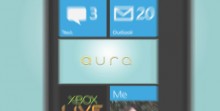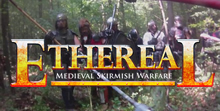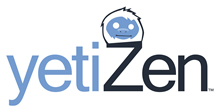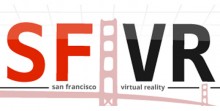Contact
About
Strategic Account Management & Developer Programs for Cutting Edge Technology
Occipital | Google | Nukotoys | Carnegie Mellon University | Improvisation for Innovation | Second City Chicago
Portfolio
- Signal Garden
- Occipital – The Spatial Computing Company
- Nukotoys Interactive Trading Cards
- Google Tango is now ARCore for Android
- Augmented World Expo Interviews
- Microsoft Xbox Live Social + Mobile
- Professional Development & Education
- Video Game Production
Links
- Carnegie Mellon University
- Entertainment Technology Center
- Ethereal: Medieval Combat
- Google's Tango is now ARCore
- SIGGRAPH Mobile & Emerging Tech
- The Second City
Signal Garden
Occipital
Occipital – The Spatial Computing Company

Visit Occpital.com
Canvas Home by Occipital
I first met Jeff Powers, Occipital CEO and Co-Founder, while interviewing him for AWE.tv at Augmented World Expo in 2015, while I was working on Google’s Project Tango.
While Google’s Project Tango provided depth perception, visual-inertial odometry and area learning on a few, new Android handsets, Occipital was providing the same experience on iOS with its Bridge Engine – which provided 3D scene reconstruction & real-world occlusions, visual-inertial odometry and area re-localization.
I really enjoyed working at Occipital. The people there are great, it had great tech that worked well, and it had even more great tech secretly in the pipeline.
And I had so much fun working with Structure Sensor developers that were finding different ways to use Occipital’s technology. From attending the 3D BODY.TECH conference in Montreal, a body-scanning conference attended by professionals in the medical, health & fitness and clothing/fashion industries, to presenting on spatial computing in Milan, Occipital was working on cutting-edge technology that was reaching many different industries.
Later, I would be tasked with finding new markets for Occipital’s new single-camera positional tracking software for AR and VR. It was an incredible technology that enabled next-gen devices and mobile phones with AR/VR SLAM and with millimetre accuracy.
Occipital would later launch its new depth sensor — the Structure Core. The Structure Core came equipped with an IMU, so it had one less dependency on a mobile phone’s IMU and was favoured by robot, drone and AR/VR headset manufacturers.
In tandem, Occipital was developing its Canvas Home application, which I had the pleasure of developing a new program of outreach to prospective new customers and explore the behaviours of this new market of digital worker — Canvas Home saves interior designer professional several hours on each new design project.
Canvas was later highlighted on stage at Apple’s Special Event on Oct 13th 2020, in use with the new iPad with LiDAR scanner.
At Occipital it was easy to feel like an underdog, as a startup in an industry competing with larger, highly capitalized companies acquiring/acqui-hiring other smaller companies many of which we were personally familiar with. Though, I can’t imagine being so close to the innovations at any other company. Besides, other larger companies and their employees kept a keen eye on what we were doing with their technology.
After presenting at a VR conference where I demoed Occipital’s Bridge Engine, an Apple engineer who worked on their 3D graphics framework had tracked me down. He said “I just wanted to say hello, because Occipital is the only company really doing anything with our [graphics framework] technology”. He was really grateful.








